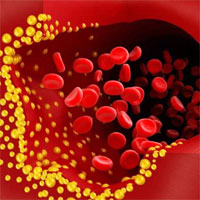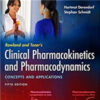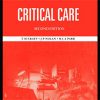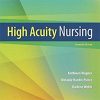Critical Hypertension in Trauma Patients Following Prehospital Emergency Anesthesia
sjtrem.biomedcentral.com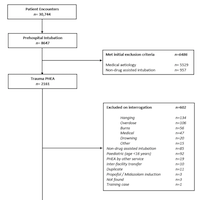
Delivery of prehospital emergency anesthesia (PHEA) to seriously injured trauma patients risks hemodynamic fluctuation. In adult trauma patients undergoing PHEA, 11.9% of patients experienced post-PHEA critical hypertension.
Increasing age, pre-PHEA GCS motor score four and five, patients with a pre-PHEA SBP > 140mmHg, and more than intubation attempt were independently associated with post-PHEA critical hypertension.
30,744 patients were attended by HEMS during the study period; 2161 received PHEA and 1355 patients were included in the final analysis. 161 (11.9%) patients had one or more new episode(s) of critical hypertension ≤ 10 min post-PHEA.
Increasing age (compared with 16–34 years): 35–54 years (OR 1.76, 95%CI 1.03–3.06); 55–74 years (OR 2.00, 95%CI 1.19–3.44); ≥75 years (OR 2.38, 95%CI 1.31–4.35), pre-PHEA Glasgow Coma Scale (GCS) motor score four (OR 2.17, 95%CI 1.19–4.01) and five (OR 2.82, 95%CI 1.60–7.09), patients with a pre-PHEA SBP > 140mmHg (OR 6.72, 95%CI 4.38–10.54), and more than one intubation attempt (OR 1.75, 95%CI 1.01–2.96) were associated with post-PHEA critical hypertension.


